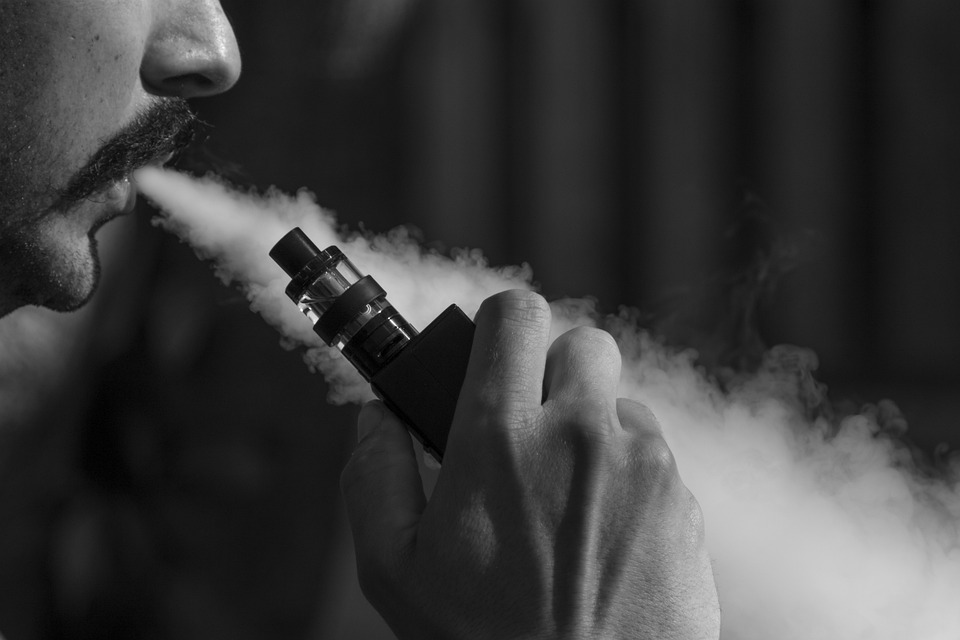E-cigarettes were developed as an alternative to smoking and a tool to help quit smoking. Also known as “e-cigs,” “vapes,” “e-hookahs,” “vape pens” etc, e-cigarettes are considered less harmful than smoking cigarettes.
But researchers from Tufts University School of Dental Medicine have found that patients who reported using e-cigarettes had a higher risk of developing cavities.
According to CDC studies, an estimated 9.1 million American adults and 2 million teenagers use tobacco-based vaping products.
That’s a lot of teeth at risk!
To investigate the link between vaping and cavities, researchers analyzed more than 13,000 patients older than 16 years, who were treated at Tufts dental clinics from 2019-2022.
They found that 79% of the vaping patients had a high risk of dental cavities compared to just about 60% of the control group. However, vaping users were not asked if their devices contained nicotine or tetrahydrocannabinol (THC).
How can e-cigarette use contribute to cavities?
The sugary content and viscosity of vaping liquid stick to the teeth when aerosolized and inhaled through the mouth. This affects the oral microbiome in the user’s mouth.
The potential dangers of vaping
Karina Irusa, assistant professor of comprehensive care and lead author on the paper, said “It’s important to understand this is preliminary data, at this point, I’m just trying to raise awareness,” among both dentists and patients”
Irusa says. “This is not 100 percent conclusive, but people need to be aware of what we’re seeing.”







